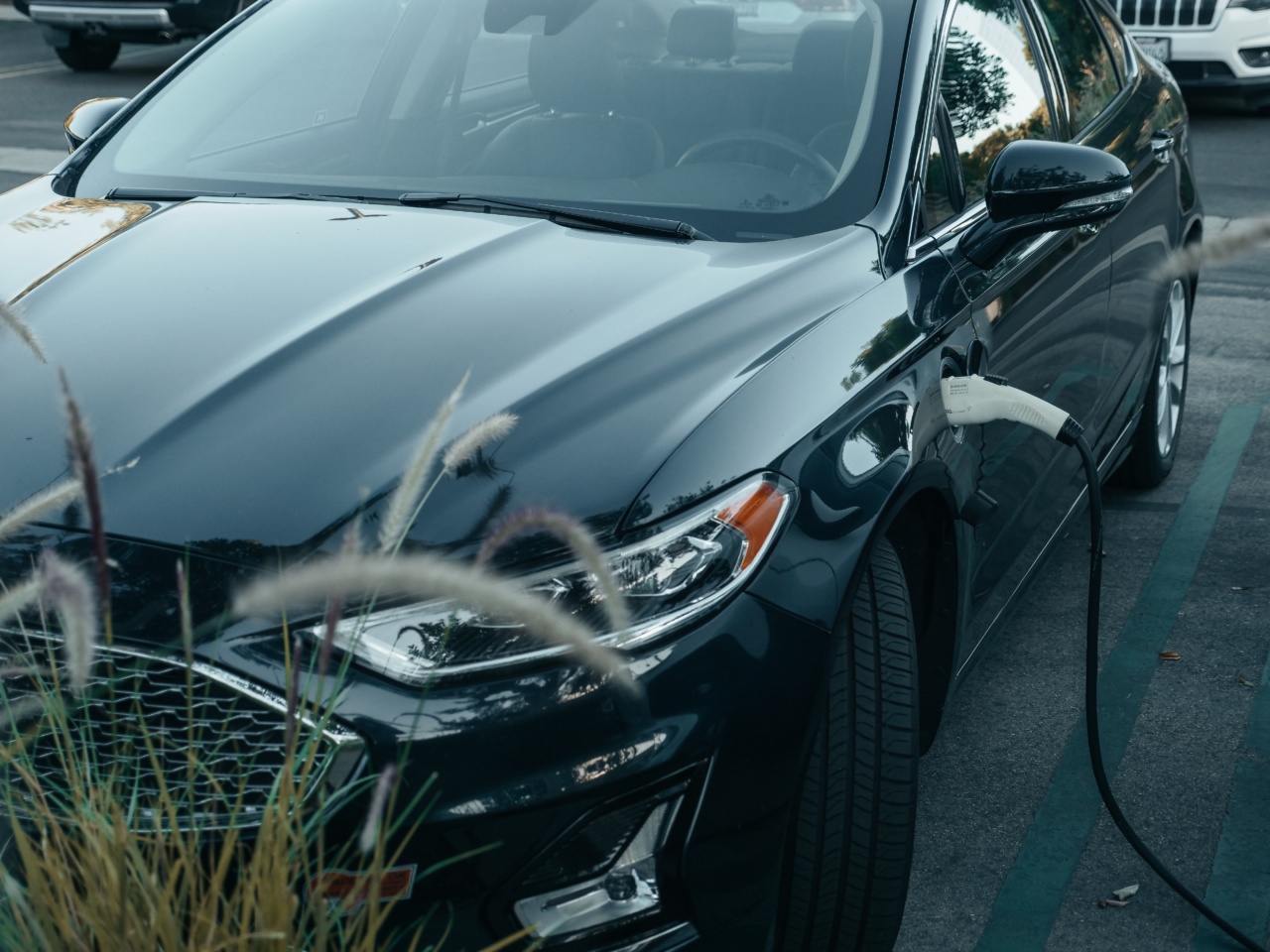It can be overwhelming to deal with the aftermath of a car accident. Aside from any potential physical injuries, there are often financial repercussions as well.
Insurance can provide financial protection in the event of an accident, but it’s important to understand what coverage you have and how to best utilize it.
First Steps After an Accident
Immediately after an accident, it’s important to prioritize safety. Call emergency services if needed and move your car off the road if possible. Once everyone is safe, exchange insurance information with the other driver(s) involved.
Be sure to write down their name, contact information, and insurance company. Take photos of the damage to all vehicles involved as well as the scene of the accident.
Insurance Coverage Types
There are several types of insurance coverage that may come into play after an accident:.
Liability
Liability insurance covers damages or injuries caused to other people or their property. If you’re at fault for an accident, your liability insurance will cover the other driver(s) involved.
It’s usually mandatory to have liability insurance, but the minimum coverage required varies by state.
Collision
Collision insurance covers damages to your own car in the event of an accident, regardless of who was at fault. If you only have liability insurance, you’ll have to pay for repairs to your own car out of pocket.
Comprehensive
Comprehensive insurance covers damage to your car that isn’t the result of a collision, such as theft or weather damage.
Personal Injury Protection
Personal injury protection (PIP) covers medical expenses and lost wages for both you and your passengers, regardless of who was at fault for the accident.
Filing a Claim
Once the immediate aftermath of the accident is taken care of, it’s time to file a claim with your insurance company. Be sure to do this as soon as possible, as many insurance companies have time limits for filing claims.
To file a claim, contact your insurance company and provide them with your policy number and a detailed description of the accident.
They’ll ask for any relevant documentation, such as photos or police reports, and may send an adjuster to inspect your car.
Working With Insurance Adjusters
An insurance adjuster is the person who will determine how much your insurance company will pay out for a claim. They’ll evaluate the damage to your car and review any documentation you’ve provided.
It’s important to be honest with the adjuster and provide as much documentation as possible.
However, be aware that insurance companies are looking to minimize their payouts, so don’t be surprised if the adjuster tries to offer a lower payout than you were expecting. If you don’t feel that their offer is fair, you have the right to dispute it.
Disputing a Claim
If you feel that your insurance company’s payout offer is unfair, there are several steps you can take:.
Appeal to a Higher Authority
If the adjuster you’re dealing with isn’t providing a fair payout offer, you can ask to speak to a supervisor. They may be able to provide a better offer or explain why the initial offer was lower than expected.
Get a Second Opinion
You can always get a second opinion on the extent of the damage to your car or the cost of repairs. Take your car to a mechanic and ask them to provide an estimate for the repairs.
You can then use this estimate to support your argument for a higher payout from your insurance company.
File a Complaint
If you’re still unhappy with the outcome, you can file a complaint with your state’s insurance commissioner. They’ll investigate the claim and may be able to help you get a fair payout.
Conclusion
Dealing with insurance after an accident can be a stressful and confusing process. However, understanding your coverage and your rights can help ensure that you get a fair payout and are able to move on from the accident.
If you have any questions about your coverage or how to file a claim, don’t hesitate to reach out to your insurance company for guidance.























